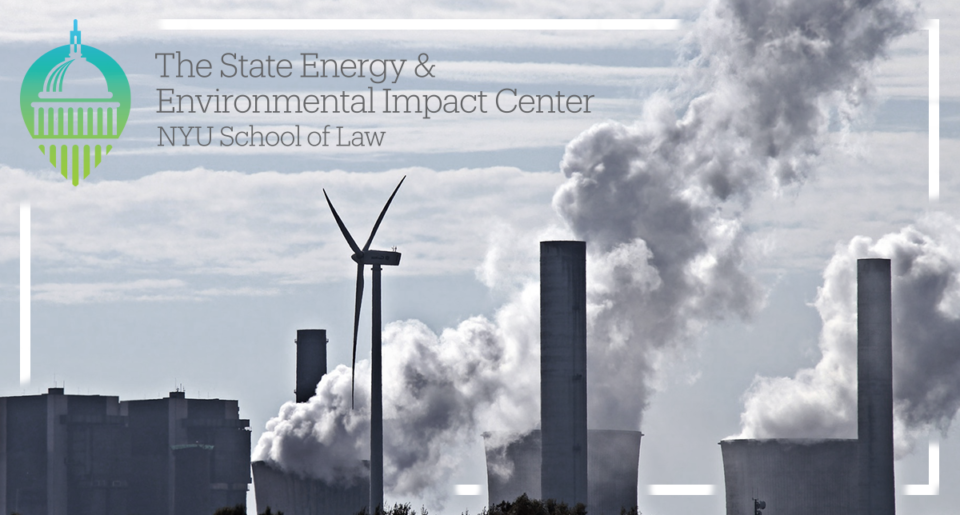The Energy & Environmental Stakes in 2019 Couldn’t be Higher
David J. Hayes (Past Executive Director) / January 13, 2019

I have commented before that the much-ballyhooed Trump deregulatory agenda has been, to date, more rhetoric than reality. Over the past two years, rather than advocating specific (de)regulatory actions, the EPA, Interior Department and Justice Department have focused primarily on delaying or otherwise avoiding enforcement of existing requirements. Thanks to excellent work by state attorneys general and other advocates, these procedural efforts have been mostly unsuccessful. Indeed, since 2017, the administration lost 20 of 22 court cases challenging its deregulatory actions, according to data compiled by NYU’s Institute for Policy Integrity.
As we enter 2019, however, the legal landscape has changed. Real deregulatory proposals that will have real consequences are now on the table, and are barreling toward finalization.
Taking center stage are three major rulemakings that have enormous implications for both climate change and public health. Specifically, the administration is planning to finalize new rules in 2019 that would turn the Clean Air Act’s obligation to decrease greenhouse gas emissions on its head by increasing carbon dioxide emissions from the two largest sources of carbon dioxide pollution in the United States, the transportation and power sectors. The administration is simultaneously increasing emissions from the oil and gas industry, the largest source of industrial methane pollution. This, at a time when we already are suffering enormous damage from climate change-related impacts, and independent, government scientists are sounding the alarm that much more is to come.
All told, the combined public health and climate change impacts of the Trump administration’s most prominent environmental rollbacks are staggering. The rollback of national Clean Car Standards alone will result in as much as 931 million additional metric tons of carbon dioxide emissions between 2022 and 2035, and cause up to 194 premature deaths. Conservative analysis of the EPA’s plan to roll back the Clean Power Plan suggest that the administration is poised to increase carbon dioxide emissions from the electricity sector by at least 43 million to 55 million metric tons per year in 2030, and the added air pollution from burning coal could cause as many as 1,630 premature deaths and 120,000 asthma attacks. Finally, the Trump administration’s proposal to water down methane inspections and leak repair obligations for the oil and gas industry will increase methane emissions by 340,000 tons between 2019 and 2025—a figure which state attorneys general have noted surpasses the total climate change contribution of all but a small handful of highly developed national economies.
Fortunately, state attorneys general and other public interest advocates have filed comprehensive comments that detail gaping analytical and legal flaws with its proposed “Dirty Power Plan,” as well as its rollbacks of national Clean Car Standards and oil and gas methane emissions reductions. If the Administration plows ahead and finalizes those rules, strong court challenges will immediately follow. With the stakes this high, there is no choice but to fight.
As part of our mission to support the work of state attorneys general on these and other issues, the State Impact Center is preparing a special report detailing the extensive risks posed by these attacks on our nation’s largest, and most important, sources of harmful pollution. The report will provide a comprehensive analysis of the tremendous costs to public health and foregone social benefits of the administration’s attacks on Clean Car Standards, the Clean Power Plan and methane emissions restrictions.
